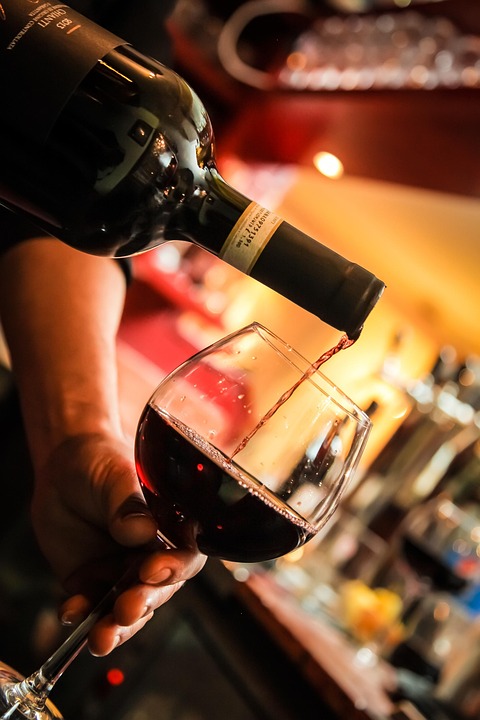Introduction
In today’s digital age, wine brands are increasingly recognizing the importance of omnichannel strategies to stay competitive and meet the evolving needs of consumers. An omnichannel approach involves integrating various channels, such as physical stores, online platforms, social media, and mobile apps, to provide a seamless and cohesive shopping experience for customers. This report will explore why omnichannel strategies are essential for modern wine brands, backed by industry insights, financial data, and real-world examples.
Changing Consumer Behavior
Shift towards Online Shopping
The rise of e-commerce has transformed the way consumers shop for wine. According to a report by Statista, global e-commerce sales of alcoholic beverages are projected to reach $29 billion by 2024. With the convenience of online shopping, consumers are increasingly turning to digital channels to purchase wine. Therefore, wine brands that fail to establish a strong online presence risk losing out on a significant portion of the market.
Demand for Personalized Experiences
Modern consumers expect personalized experiences tailored to their preferences and needs. By implementing omnichannel strategies, wine brands can collect data on customer behavior and preferences across various channels, allowing them to offer personalized recommendations and promotions. This not only enhances the customer experience but also increases customer loyalty and retention.
Benefits of Omnichannel Strategies
Enhanced Customer Experience
Omnichannel strategies enable wine brands to provide a seamless shopping experience across multiple touchpoints. Whether a customer is browsing online, visiting a physical store, or engaging with the brand on social media, they expect a consistent and personalized experience. By integrating all channels, wine brands can meet customer expectations and build strong relationships with their audience.
Increased Sales and Revenue
A study by Harvard Business Review found that companies with strong omnichannel strategies retain an average of 89% of their customers, compared to 33% for companies with weak omnichannel strategies. By engaging customers across multiple channels, wine brands can drive sales and boost revenue. For example, offering online ordering with in-store pickup or hosting virtual wine tasting events can attract a wider audience and increase sales opportunities.
Real-World Examples
Wine.com
Wine.com is a leading online retailer of wine and wine-related products, known for its robust omnichannel strategy. The company offers a seamless shopping experience across its website, mobile app, and physical stores. Customers can browse a wide selection of wines, read reviews, and receive personalized recommendations based on their preferences. By leveraging data analytics and AI technology, Wine.com has successfully personalized the shopping experience for its customers, leading to increased sales and customer loyalty.
Constellation Brands
Constellation Brands, a major player in the wine industry, has also embraced omnichannel strategies to drive growth and innovation. The company has invested in digital marketing and e-commerce platforms to reach a broader audience and engage with consumers online. By leveraging social media, influencer partnerships, and targeted advertising, Constellation Brands has strengthened its brand presence and connected with customers in new and meaningful ways.
Future Trends and Opportunities
Mobile Commerce
As smartphones become increasingly ubiquitous, mobile commerce is expected to play a significant role in the wine industry. Wine brands that optimize their websites and apps for mobile devices can capitalize on the growing trend of mobile shopping. By offering mobile-friendly features such as easy navigation, quick checkout, and personalized recommendations, wine brands can attract tech-savvy consumers and drive sales through mobile channels.
Virtual Reality and Augmented Reality
Virtual reality (VR) and augmented reality (AR) present exciting opportunities for wine brands to create immersive and interactive experiences for customers. By using VR and AR technology, wine brands can offer virtual wine tastings, vineyard tours, and educational content, allowing customers to engage with the brand in a unique and memorable way. These innovative experiences can enhance brand loyalty, attract new customers, and differentiate wine brands in a competitive market.
Conclusion
In conclusion, omnichannel strategies are essential for modern wine brands to stay competitive, meet consumer expectations, and drive growth. By integrating various channels, wine brands can enhance the customer experience, increase sales and revenue, and build strong relationships with their audience. As consumer behavior continues to evolve and technology advances, wine brands that embrace omnichannel strategies will have a competitive edge in the market and position themselves for long-term success.




